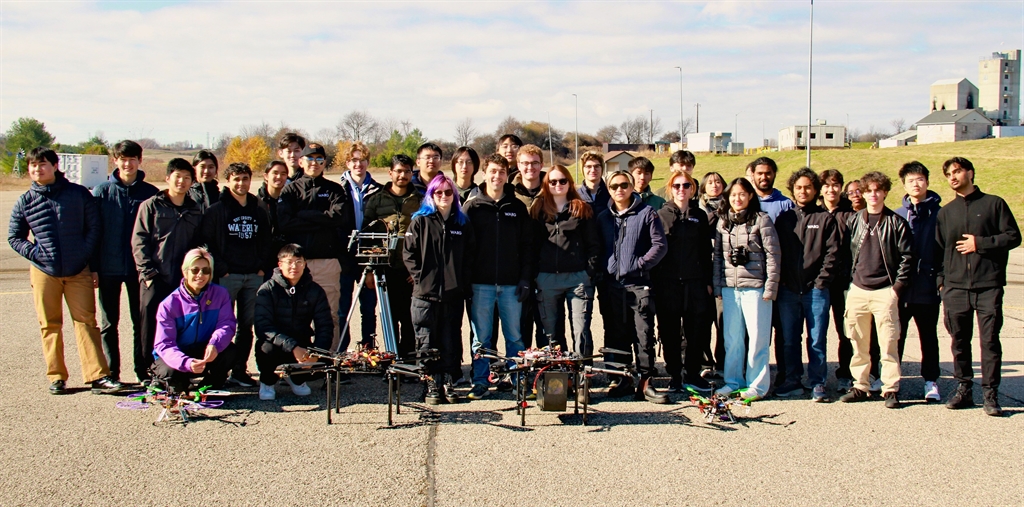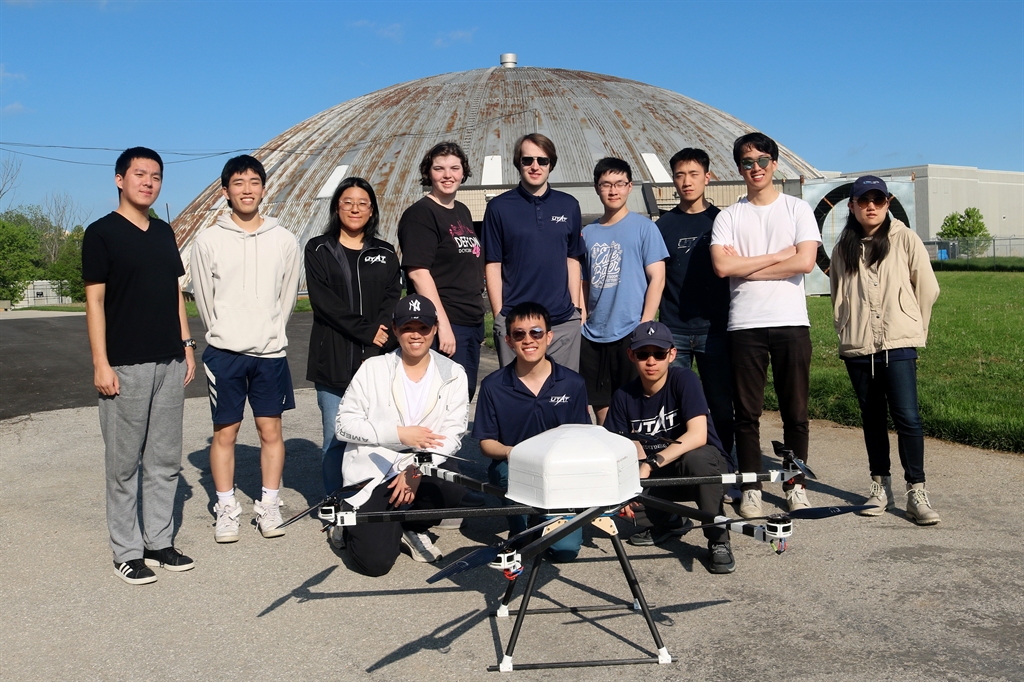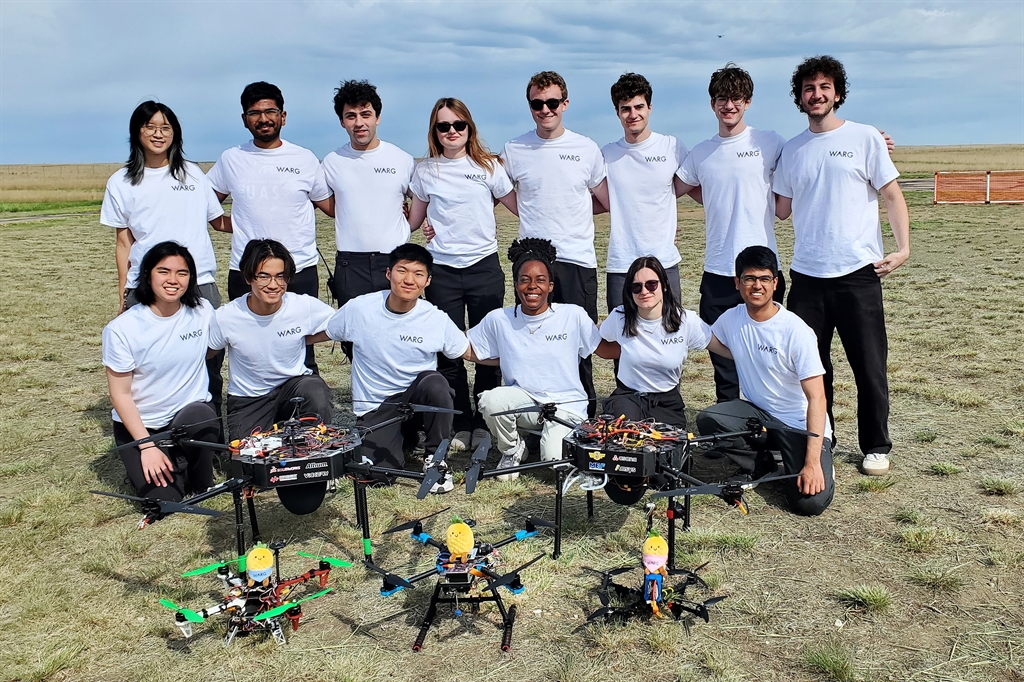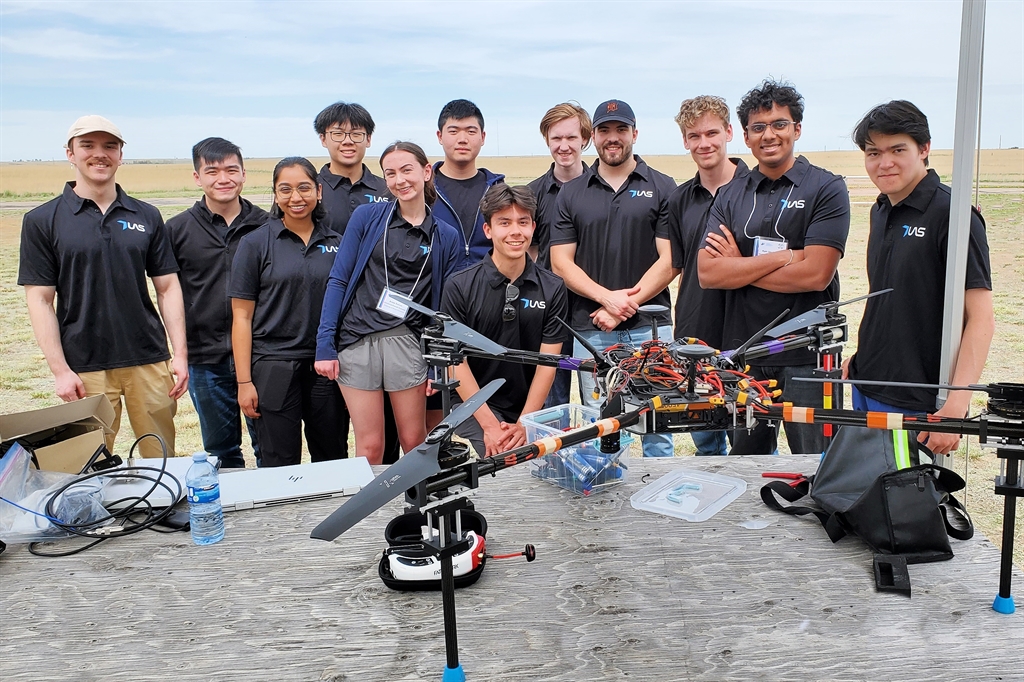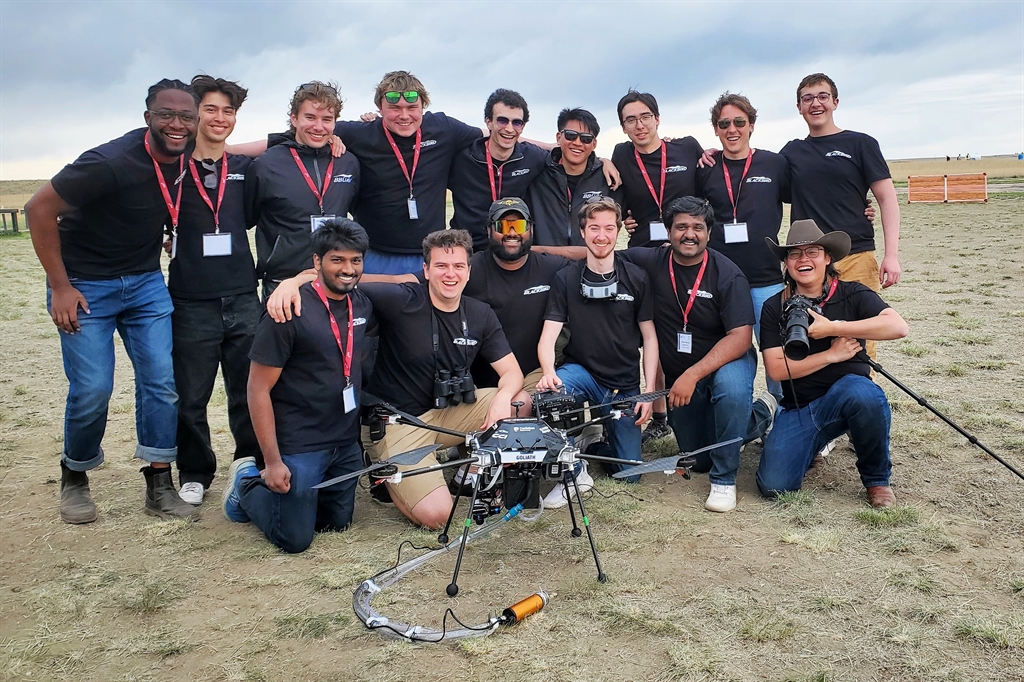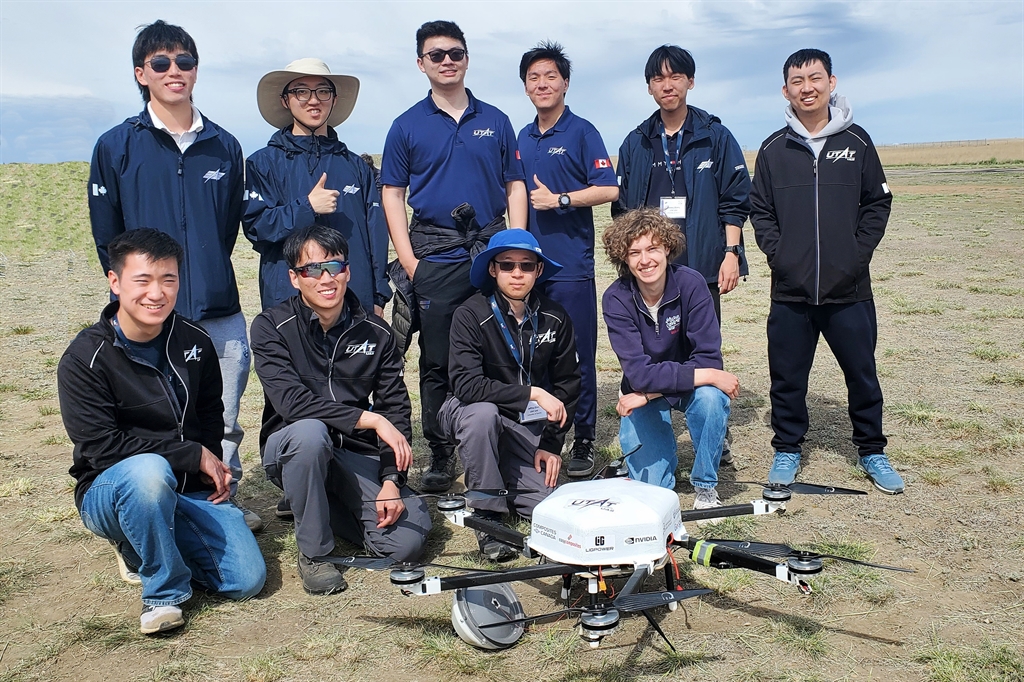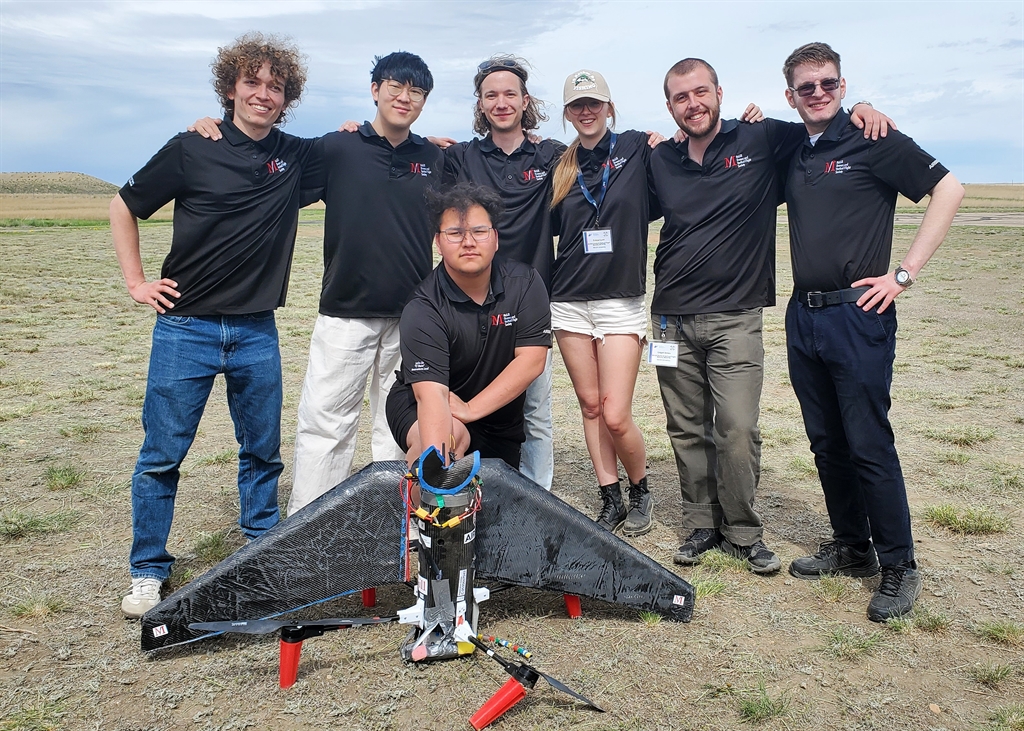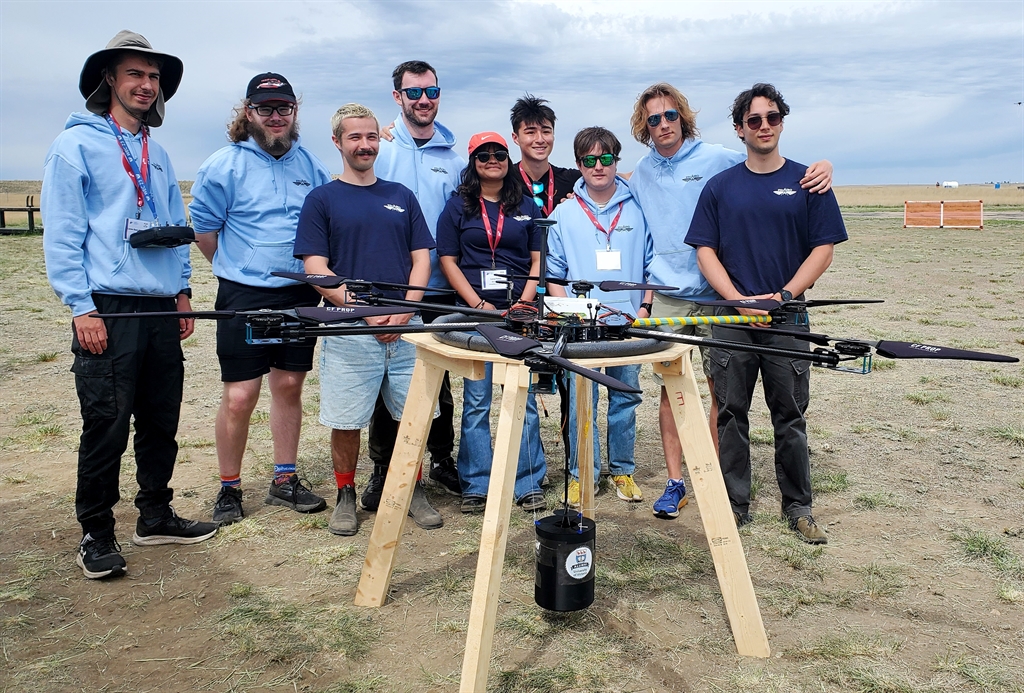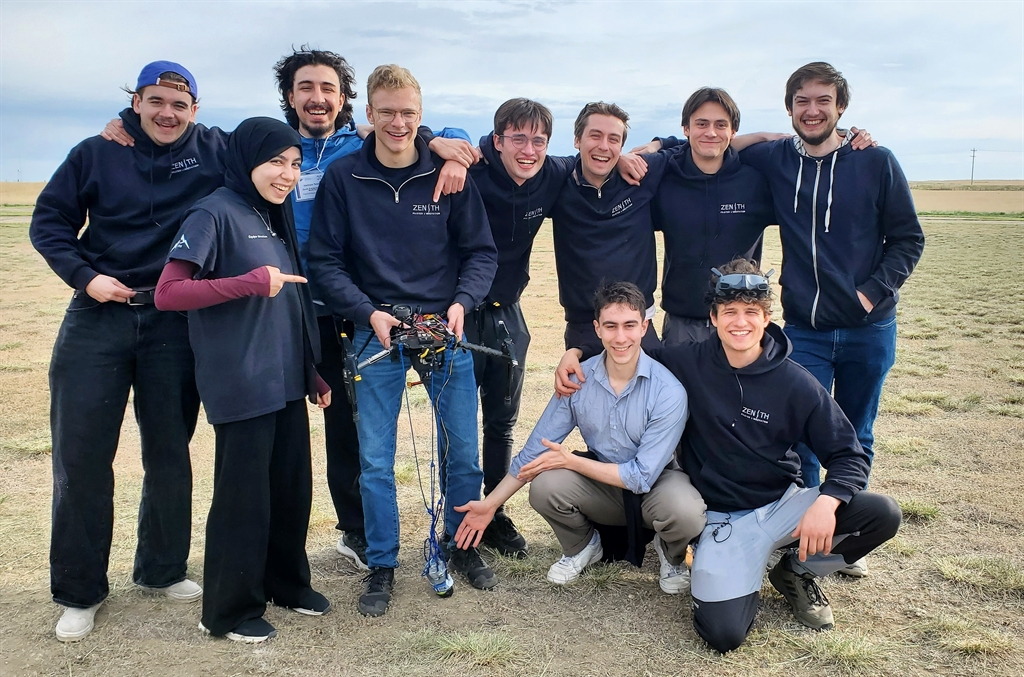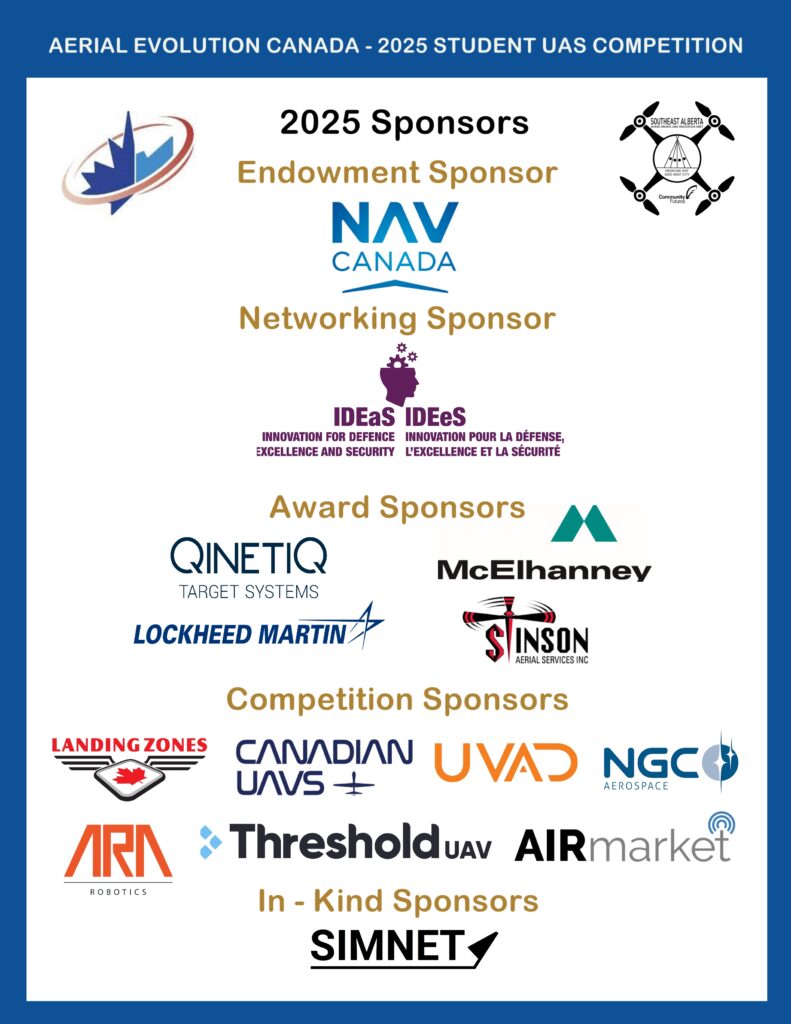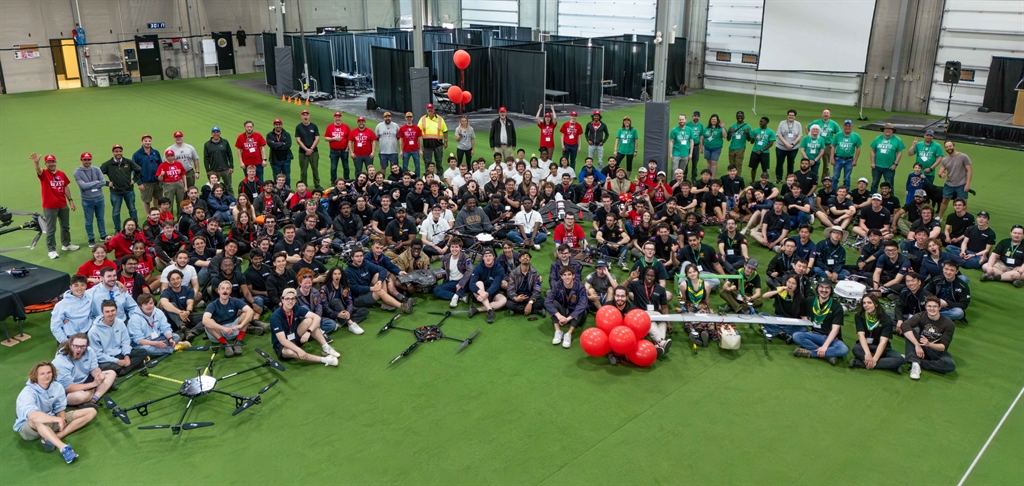
AEAC Annual National Student Unmanned Aircraft (UAS) Competition 2026 – Ottawa ON Area X.O May 22nd – 24th 2026
The Aerial Evolution Association of Canada (AEAC) is thrilled to announce that the 2026 Annual National Student Unmanned Aircraft Systems (UAS) Competition will be hosted at Area X.O in Ottawa, Ontario. Operated by Invest Ottawa, Area X.O is a state-of-the-art test and demonstration facility. Distinguished among its peers for its unique combination of advanced technologies, expert collaborators, and secure private test environments Area X.O offers world-class resources for the development, validation, and real-world deployment of cutting edge drone technologies. The flying phase will take place May 22 – 24 2026.
The Scenario
AEAC SUAS returns with a second year of aerial firefighting–this time an urban firefighting challenge. Big City Fire Department is seeking bids for a firefighting unmanned aerial system (UAS) in the downtown core to make further use of the city’s UAM corridor infrastructure. Bidders are invited to submit a design paper and participate in the flight portion in May 2026. A preview of flight assessment criteria are given in the following 2026 Assessment Preview.
2026-AEAC-CONOPS-v1.1-2025-10-15
The competition consists of two phases.
- Phase I required Bidders to submit their proposals outlining UAS design concepts and plans by January 15, 2026.
- Phase II, the operational demonstration, will take place May 22 – 24 2026 at Area X.O in Ottawa, ON, where Bidders showcase their UAS prototypes in actual flight scenarios.
Team Registration by 2025 – 11 – 28
First, teams must express their interest in participating in the competition by sending an email to competition@aerialevolution.ca with the following information: university name, team name, team contact email, and team Google Drive compatible email.
Second, teams must submit the following information and documents: captain contact information, estimated number of team members attending Phase 2, team description document, and team logo.
Lastly, teams must submit their team payment. The payment link will be active in early November. Complete registration details are in the CONOPS.


